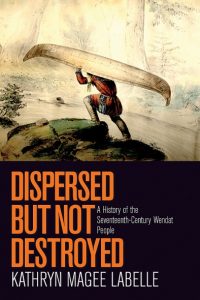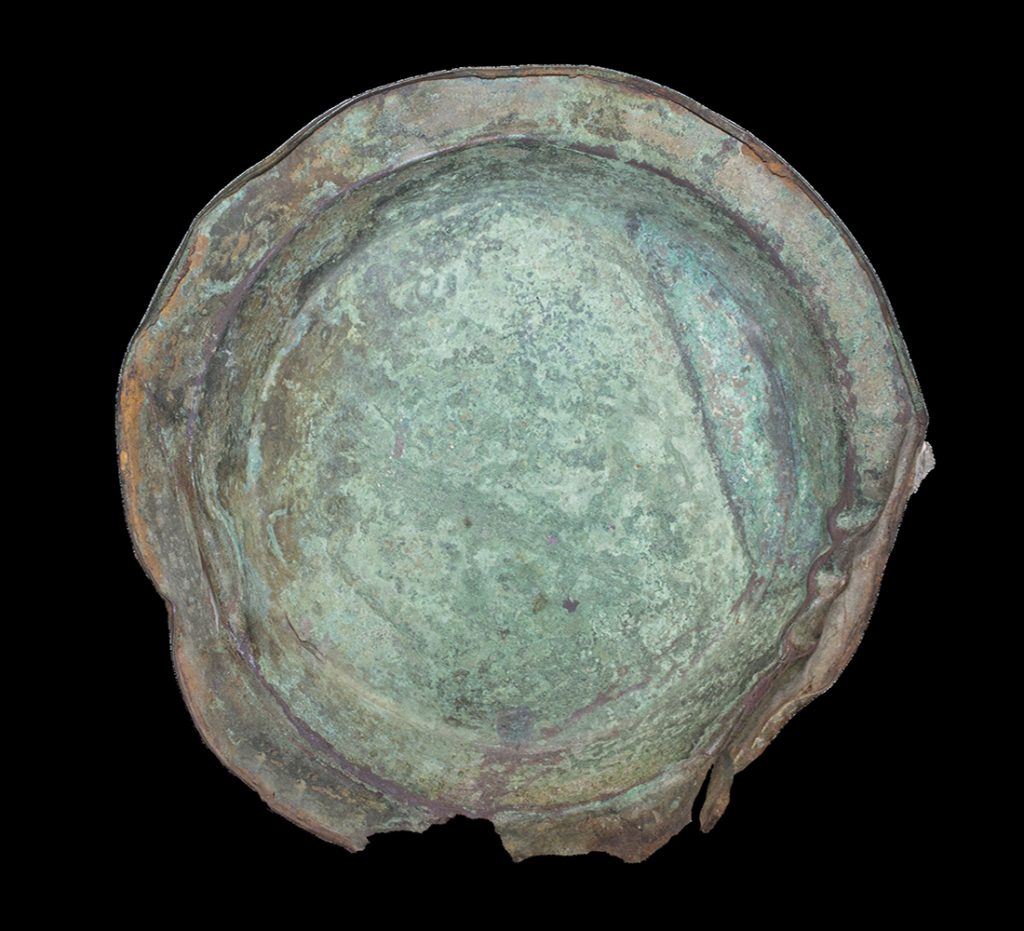Reflections
As with many archaeological sites, the history and landscape of a place teaches us about the past, present, and future. The same is true of this small site on Christian Island where the mainland is visible, the water is very clear except in the early spring thaw, late fall freeze, or storms when the place can be treacherous.
Yet, despite over a century of archaeological work in historic Wendake, we are no closer to answering some of the fundamental questions about Wendat history. There has been an industry of trying to link historically recorded villages with actual sites on the ground, often by small samples of artifacts drawn from surface collections or limited excavations of middens on select sites, rather than all the possible candidate sites.

Turning the story of Wendat conquest on its head, this book demonstrates the resiliency of the Wendat people and writes a new chapter in North American history.
Yet there has been some important recent scholarship on dispersal history. Kathryn Labelle (2013) has produced an analysis of post-dispersal Wendat-Wyandot history in her volume entitled Dispersed but not Destroyed. In this account, Labelle gives voice to the Wendat as the principal decision makers as they navigated the dynamic post-dispersal period. What is clear is that the Wendat maintained a vital interest in their homeland in the mid- to late-seventeenth and eighteenth centuries and continue to do so today.


